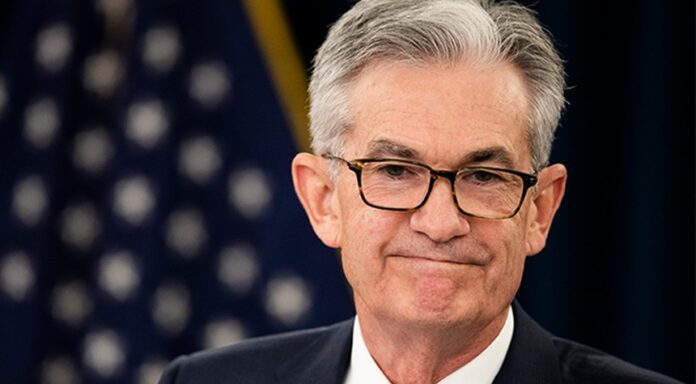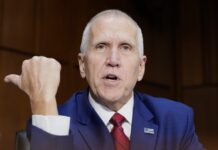The Federal Reserve Board seems to be taking the 1980s nostalgia a little too far.
In June, wholesale prices rose to 11.3%. This was higher than expected. This is due to a 9.1% increase in consumer prices. This will hopefully teach economists to expect higher inflation rates than they were expecting and not be surprised when the numbers are far more than what they expected.
The Producer Price Index (PPI) measures the wholesale cost of goods. It is widely considered an indicator of future price trends. The Fed’s June rise of 11.3% is raising five alarm bells. This has led to speculation that the Fed may decide to increase interest rates by a full percentage point, an unprecedented increase, at their meeting later in the month.
Bloomberg:
Raphael Bostic, Atlanta Fed President, stated that “Everything” was in play after consumer prices rose 9.1% faster than expected in the US in June. When asked if this meant raising rates by one percent, he said, “it would be everything.”
The Fed will likely raise interest rates by 100 basis points when it meets on July 26-27. This would be the largest increase in interest rates since the Fed began using overnight rates to carry out monetary policy in the early 1990s. Critics blame the Fed for its initial slow response to high prices.
Remember that Fed Chairman Jerome Powell told us in June 2021, that the current 5% inflation was “temporary.”
Ah, the good days of 5% inflation.
Loretta Mester from Cleveland Fed, spoke Wednesday evening on Bloomberg Television. She declined to comment on whether she favors going larger at the July meeting. However, Mester noted that there have been important data releases between now, and then. She said that there was no reason to raise rates by less than 75 basis points as policymakers did last month.
She stated that she took from the report that “it was uniformly poor — there was no good information in that report at any point — that inflation continues to be at an unacceptably high level.” “We at Fed need to be deliberate and intentional in continuing this path of increasing our interest rate until we see convincing evidence that inflation is turning a corner.”
The Fed is currently in full reaction mode. Although Powell is late to the party in many ways, he is now fully committed to controlling inflation before it becomes too out of control. If that means putting the country into a serious recession, then so be it.
The Hill:
Jerome Powell, the Fed chairman, stated recently that inflation is more dangerous than a recession. Other Fed officials are in agreement with him. This is concerning because inflation has not caused as many problems for Americans as the dozens of recessions that have followed the founding of the United States. These were times when prices plummeted instead of rising and farmers and workers were severely affected. Even Democrats, like Janet Yellen, the Treasury Secretary, agree with Powell’s views. A few weeks ago, she “confessed” that inflation in mid-2022 was worse than she expected and that it would improve quickly. Although she was not expecting a rapid end to rising prices, the Democrats defend every administration’s optimistic predictions. It is important not to cheer on those who believe raising rates is a good idea, and to react timidly to the Fed’s willingness to risk a recession to stop this episode of inflation.
Powell and his Fed colleagues are trying to stop inflation the old-fashioned, slow way. They are trying to starve the beast by slowing down economic activity and rapidly increasing the cost of borrowing money. Paul Volker, Fed Chairman, raised interest rates to 20% in 1981. This cut inflation but at a horrible price. Millions of Americans lost their jobs and the economy went through the worst recession since World War II.
It is the Fed’s only weapon, so let’s hope it works.




